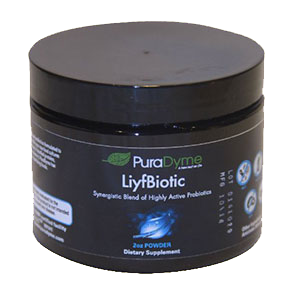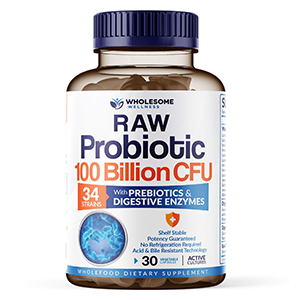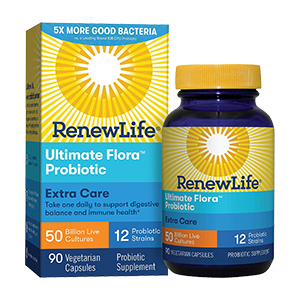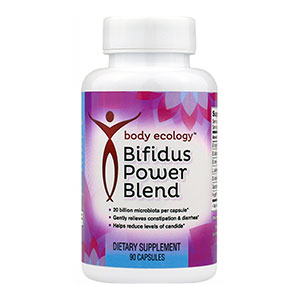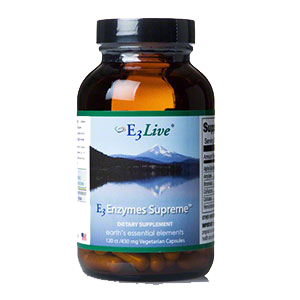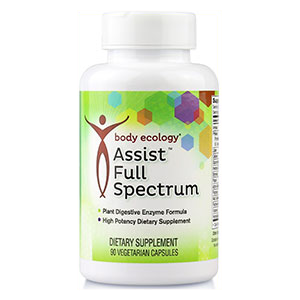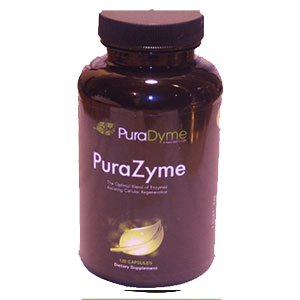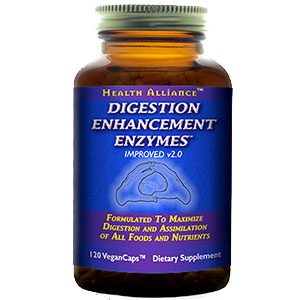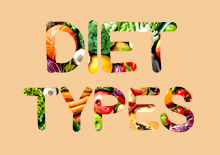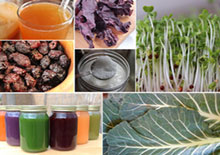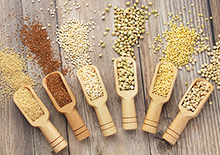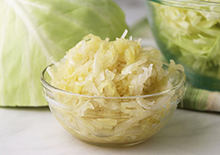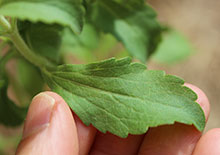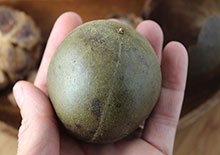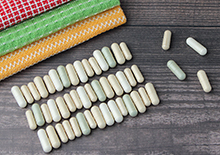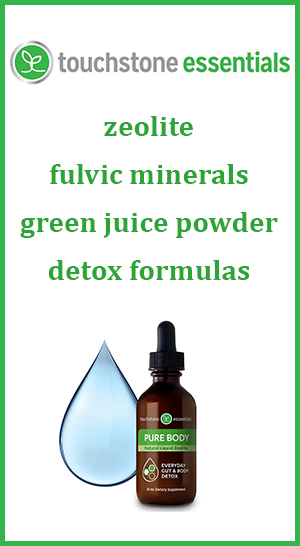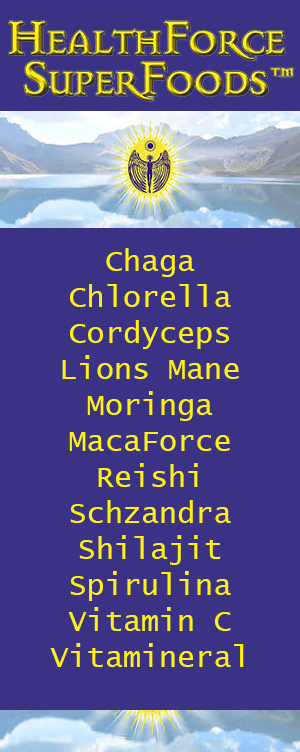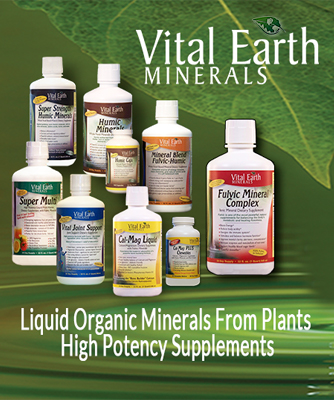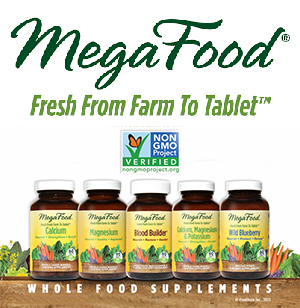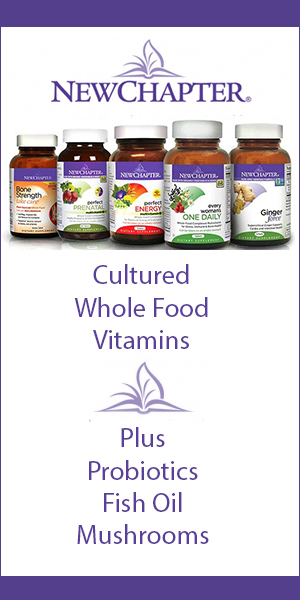- Home
- Types of Diets
- Candida
What is Candida Albicans? Dietary Regimen for Healing an Overgrowth

Candida albicans is a type yeast that is naturally present in the human gastrointestinal tract, mouth and birth canal in small amounts and is a necessary part of healthy gut microbiota. However, when our body pH or immune system is compromised an "overgrowth" of candida can occur.
Being a dimorphic microbe, C. albicans can exist as both a yeast and a fungus. In its balanced state it is a yeast, but under the right conditions it can morph into its fungal form, developing finger-like tentacles, called hyphae, that can spread into tissue causing damage and inflammation in the intestines and throughout the body.
What are Gut Microbiota?
Gut flora or gut microbiota are the complex community of microorganisms that exist and thrive in the ecological niche of the human digestive tract, mostly the large intestine. This includes both bacterial phyla, which make up approximately 80% of the total population, as well as the fungal genera, which include the other 20%.
These bacterial and fungal species are mutually beneficial and play a central role in the foundation of human health. In a study
documented in the Therapeutic Advances in Gastroenterology is was
quantified that "our gut contains in the range of 1000 bacterial species
and 100-fold more genes than are found in the human genome."
Often
referred to as the "forgotten organ", some holistic health experts, in fact, liken
the metabolic activities performed by these intestinal microorganisms
to those of any vital organ system.
According to a 2015 review published in the World Journal of Gastroenterology. "The normal gut microbiota imparts specific function in host nutrient metabolism, xenobiotic and drug metabolism, maintenance of structural integrity of the gut mucosal barrier, immunomodulation, and protection against pathogens."
What is Candida Overgrowth or Candidiasis?
Normally the proportion of beneficial microflora and fungal species, like candida, is present in about a 5 to 1 ratio. When an overgrowth occurs C. albicans significantly outnumbers these other strains and becomes the dominant species, in turn causing a condition known as candida, candidiasis or candidosis.
Over time this fungal infection can increase the permeability of the intestinal lining and instigate conditions like leaky gut syndrome, causing indigestion of food and the toxic leaking of this undigested waste material into the bloodstream.
Candida overgrowth, at this point, is considered a pathogenic substance that can comprise the immune system and create various autoimmune responses.
While there are many different species in the genus Candida, they are only more than 20 types that can cause infection. C. albicans, is by far the most common. Two other species that can get out of control include C. glabrata and C. rugosa, but are more likely to develop in elderly populations or those who are HIV positive.
Many holistic and naturopathic health practitioners as well as nutritionists have, in fact, directly linked leaky gut syndrome with food allergies and autoimmune diseases such as lupus, chronic fatigue syndrome, fibromyalgia, arthritis, autism, multiple sclerosis and Crohn’s disease.
At this stage, consuming high amounts of carbohydrates and sugar-rich foods can "feed" this fungal state and will eventually lead to chronic digestive issues. This can interfere with the absorption of nutrients, leading to malnutrition in infected individuals.
With further progression, candida can make its way out of the digestive tract into the bloodstream, invading other tissues and organs of the body.
It
can also develop as a white cottage cheese-like yeast which can become
evident in the mucous membranes of the mouth (thrush) or vagina, but may
also take the form of a red rash on the skin and genitals, typically
areas that are dark, warm and moist.
In this situation, a natural approach and remedy would include detoxification through a specific dietary regimen. This is ultimately necessary for restoring balance and the long-term functions of the digestive tract and colon. The book entitled "The Body Ecology Diet" by Donna Gates is an excellent resource for those who wish to heal from candidiasis the naturally way.
The main difference between holistic candida treatment and synthetic treatment is the lack of negative side-effects. In addition, natural remedies reduce the possibility of developing drug-resistant strains of the candida species, which have become an increasing occurrence.
Nevertheless, some people might choose to take prescribed antibiotics to kill a persistent systemic candida condition. However, one must be aware that this also eliminates most of the other beneficial microbes present in the gut. Under such circumstances, it is essential that one reestablish a healthy balance of gut flora through dietary probiotic supplementation, while also simultaneously following a low sugar candida diet for a period of time.
Testing for Candida Overgrowth
It is good to get lab testing if you are unsure whether you are infected with a candida condition. Typically there are four methods for detecting levels of C. albicans: a culture test, a blood test, a stool test and a urine test. Blood tests, however, are usually the most reliable as they test for specific antibodies related to this dimorphic yeast species.
Causes of Candida Overgrowth
Although candida has only recently become an accepted condition by the medical community, there is a substantial amount of scientific research demonstrating its causes and effects.
Under optimal conditions, the larger number of friendly bacteria and yeast usually keep the lower percentage of candida yeast under control. However, there appears to be a number of triggers that can cause a candida infection, whereby the C. albicans species begins to morph and multiple when it is given the adequate environment in which to do so. This normally involves a change in pH levels and a weakened immune system.
Potential Reasons for Candida Infection
Use of Antibiotics - Many of the broad-spectrum antibiotics can
instigate the overgrowth of candida. The term broad-spectrum refers to
antibiotics that act against both Gram-positive and Gram-negative
bacteria, as oppose to "narrow spectrum" which effects specific bacteria
species. A major side effect of taking these forms of antibiotics is
that it creates an environment that gives existing candida strains a
competitive advantage in the absence of beneficial bacteria.
Birth Control Pills
- A common cause of candida imbalance, oral contraceptives increase
estrogen levels which can throw off hormonal equilibrium and promote the
growth of yeast in the vagina and gastrointestinal tract.
Dietary Influence
- While simple sugars are the food that candida feeds off of, they are
not necessary the cause in all cases. However, a prolonged diet rich in
sugar and carbohydrates is not a healthy diet plan that supports optimal immune
functions, which can leave one vulnerable to infection. This includes all forms
of sugar, but especially low quality sources, like refined and processed
baked goods, bread, cookies, ice cream, crackers, pasta, alcohol, soft drinks and
candy.
Weakened Immune System - There are a variety of
factors that can cause a weak immune system. Some of the more serious
ones include diseases like cancer or AIDS. Prolonged emotional and
physical stress can also cause adrenal fatigue and a weak immune
response, increasing risk of developing candidiasis.
Cancer Treatments
- While chemotherapy and radiation treatments work to destroy cancerous
cells and tumors, they also eliminate the healthy bacteria that keep
candida in check.
Mercury Dental Fillings - Amalgam
fillings are toxic to the body and can leach mercury particles into the
bloodstream, weakening the immune system and increasing risk microbial gut imbalance and fungal colonization.
Oral Corticosteroids -
Other forms of oral candidiasis, like thrush, can take form in the mouth
with the extended use of corticosteroid inhalants often prescribed to
treat asthma.
Pregnancy - Hormonal fluctuations can cause
pregnant woman to develop yeast infections. In addition, natural
cravings for sweet foods and more acidic protein-rich foods can also exacerbate and encourage candida development.
Diabetes
- In both forms of diabetes, type 1 and type 2, elevated sugar ratios
in the blood and mucous membranes are typically higher than normal. This is known to increase risk of developing a yeast infection in diabetic individuals.
Chlorine and Fluoride - These are two substances commonly found in tap water that we potentially drink, bathe in, brush our teeth with and use to wash a number of household items. Repeated exposure to chlorine and fluoride is identified with lowered immunity and negative impacts of gut flora.
Possible Chronic Symptoms of Systemic Candida Overgrowth
- Digestive disorders
- Exhaustion or fatigue
- Cravings for sweets
- Bad breath
- White coat on tongue
- Brain fog
- Hormone imbalance
- Joint pain
- Loss of sex drive
- Migraines and headaches
- Constipation or diarrhea
- Sinus or allergy issues
- Flatulence and bloating
- Weak immune system
- Oral thrush
- Skin and nail fungus
- Vaginal itching
- Neurological disorders
- Dandruff
- Acne and eczema
Dietary Regimen for Candida Overgrowth
Foods to Avoid
It is important to avoid the following list of foods that feed candida yeast.
- Any form of sugar, except for monk fruit and stevia.
- Processed foods or starches, like pasta, gluten grains or bread products.
- High amounts of acid foods like meat, dairy, legumes or nuts and seeds.
- Fats and oils that are refined, hydrogenated or partially hydrogenated. Limit fat intake to the good fats, like unrefined virgin coconut oil.
- All fast foods, junk foods and alcoholic beverages.
Foods to Eat for Restoring Intestinal Balance
- Alkaline-Forming Foods - If one's blood is too acidic, yeast can thrive within the bloodstream, a disorder known as candidemia. It is therefore important to maintain a slight blood alkalinity to discourage this from happening. This can be achieved by consuming a wide variety of alkaline-forming foods such as leafy greens, land vegetables, sprouts, seaweeds as well as alkaline grains like quinoa, millet and buckwheat. The general rule for most meals is to maintain a 80% ratio of alkaline foods to 20% acid-forming foods.
- Juices and Teas - Low sugar green juices made with leafy green vegetables and low sugar vegetables, like cucumber and celery, are a nutritious chlorophyll rich drink that is easy to assimilate. Likewise, nutritive herbal teas, made with herbs like nettle, horsetail, and oatstraw can be a great way alkalize and cleanse the system as well as provide nourishment that doesn't require strong digestive capacities.
- Cultured Foods - The most beneficial fermented foods and drinks to consume when experiencing systemic candidiasis are raw sauerkrauts or cultured vegetables and raw milk kefir or coconut kefir. They will help to promote the inoculation and growth of friendly flora and lactic acid bacteria in the gastrointestinal tract.
- Raw Enzyme-Rich Foods - It is good to include an abundance of raw vegetables and non-sweet fruits in the diet. This will give you the living enzymes and fiber needed to help cleanse and heal digestive disorders. This can be achieved by making salads, using sauerkraut, lemon or apple cider vinegar as a dressing. Blended raw soups are also another way to consume these raw foods. The blending process essentially predigests the ingredients, which may be more beneficial when digestion is weak.
- Microalgaes - Small amounts of the microalgaes like marine phytoplankton, chlorella, blue green algae and spirulina can help to increase nutritional uptake and help to provide concentrated doses of the anti-candida nutrient known as chlorophyll.
- Medicinal Mushrooms - While is it important to avoid most common mushrooms, medicinal mushrooms like shiitake, reishi, chaga and coriolus can be very beneficial for rebuilding the immune system.
- Green Powders - Those with extreme cases of infection are also usually very malnourished. Concentrated powders, commonly made from green plant material, sprouts, microalgaes and juiced extracts, are a condensed form of nutritional supplementation and are easy to add to drinks or water for boosting vitamin and mineral intake.
- Probiotic and Enzyme Supplements - Probiotic supplements are typically made from strains of Bifidobacterium and Lactobacillus species concentrated in very high numbers to provide the best overall results for restoring beneficial bacterial ratios. Consuming digestive enzymes before or at the beginning of meals can help the body to break down foods when digestive capacities are compromised.
- Cleansing Herbs and Liver Purifying Supplements - Candida produces two main toxins, acetaldehyde and gliotoxin, which can accumulate and cause strain on the liver organ, creating symptoms like headaches, skin flare-ups and nausea. Leaky gut syndrome, often a result of a systemic candidiasis, also places a considerable burden on the liver and immune system. A detoxification protocol may therefore be appropriate using cleansing herbal teas or liver purification supplements.
- Water, Sunlight and Exercise - These are lifestyle components that can be very helpful for healing current candida issues as well as maintaining long-term health over the course of a lifetime. It is important to drink plenty of pure water throughout the day, in between meals for hydration and cleansing effects. In addition, direct sunlight on the naked skin and genitals for 15-20 a day can help clear fungal skin conditions and discourage candida development. Adhering to a regular aerobic exercise routine is important for oxygenating the body and keep the lymph system active.
Allopathic Drug Treatments
Although C. albicans is a common member of human gut flora, when it begins to outnumber other beneficial species, it can be a stubborn infection to get rid of completely. As a result, some people may wish to resort to allopathic drug treatments, the primarily one's being Diflucan, Nystatin, Nizoral and Sporanox.
While we would not recommend these as a first option, especially for minor symptoms, when candida is causing major health issues sometimes these medications are more appropriate alternatives. These drugs have their own set of side-effects and are not long-term curative strategies but can help to eradicate or stop the growth of the C. albicans species.
After treatment it is often helpful for you to follow a detoxification protocol, maintain a low sugar diet and partake in health promoting low-stress lifestyle. Additional dietary probiotic supplementation is also necessary to initially restore healthy gut microbes that were destroyed from the antibiotic medication.
Precautions:
Seek the advice of your doctor or healthcare provider to receive thorough candida testing if you have systemic candida symptoms or have serious digestive issues. It is always important to consult your medical physician on the most suitable drug alternatives for your particular situation, if you choose to go that route.
Shop Related Products (About Affiliates & Amazon Associate Paid Links)
Affiliate Disclaimer: This section contains affiliate product links. If you make a purchase through our recommended links, we receive a small commission at no additional cost to you. Thanks for the support.
